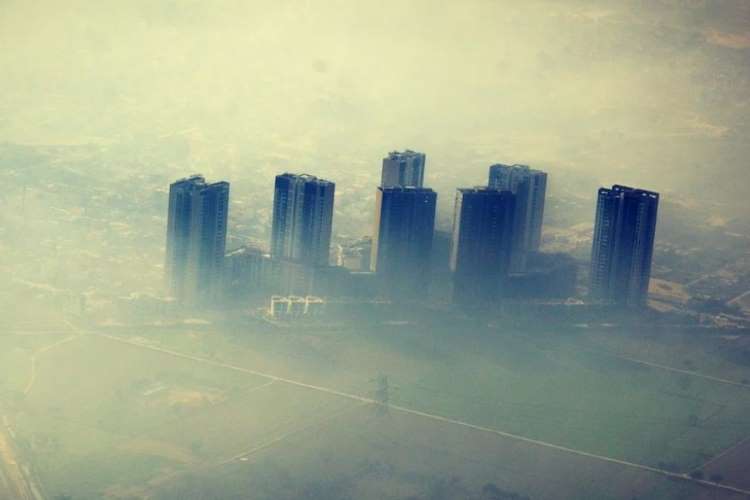
Climate change: Cities must build green infrastructure and increase urban vegetation to ward off a fall in humidity triggered by climate change, says a study. The study published in Nature Climate Change predicts a near universal fall in humidity across the world’s urban areas where around half of the human population is concentrated. Cities account for just 3% of the earth’s land surface.
“Although cities occupy such a small area, that’s where a lot of the human impact takes place,” Lei Zhao, a scientist at the University of Illinois and the lead author of the paper, said adding that the earlier studies did not produce any city-specific data.
READ I Bankrolling global climate efforts in the time of Covid-19
Several studies have already established that temperatures in urban areas can be higher by up to 5C than in adjoining rural areas. This is because city infrastructure and concrete surfaces absorb more heat. This along with lack of green cover results in what is known as urban heat island effect. The new study establishes that humidity plays an equally important role in creating warmer climate in cities.
The study says trees and vegetation bring down city temperature by releasing water into the atmosphere. The new model by Zhao and colleagues predicts that most non-coastal cities will become drier in the next century, while the impact will be less pronounced in places that are naturally humid.
READ I Different strokes: Decoupling government policy on air pollution and climate change
Robust climate change projections specific to built habitats will be crucial for effective urban planning. Such projections are not available because of a lack of urban representation in earth system models. The new study combines climate modelling and data-driven approaches to offer multi-model projections of urban climate in coming years.
The study says cities in the US, West Asia, northern Central Asia, northeastern China and inland South America and Africa will experience substantial warming by the end of the century under a high-emission scenario. It highlights the need for multi-model global projections of local urban climates and for green infrastructure that can reduce temperatures in urban centres.
Sajna Nair is a former banker. Her areas of interest are environment, art and culture.


